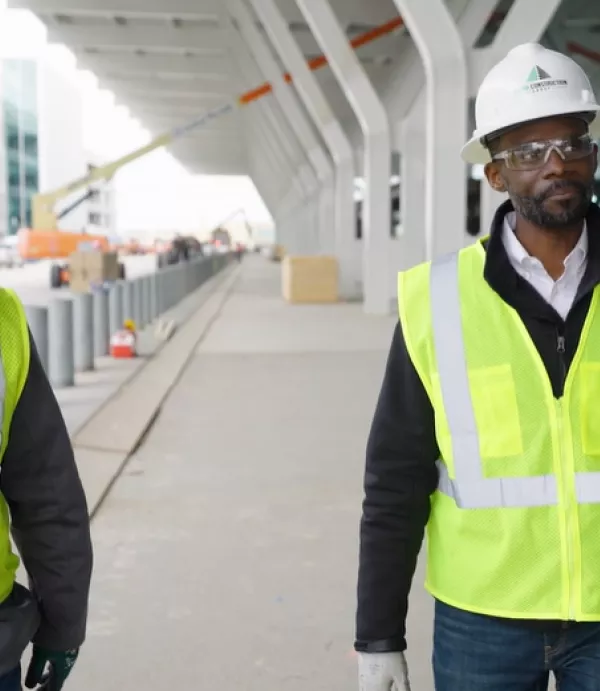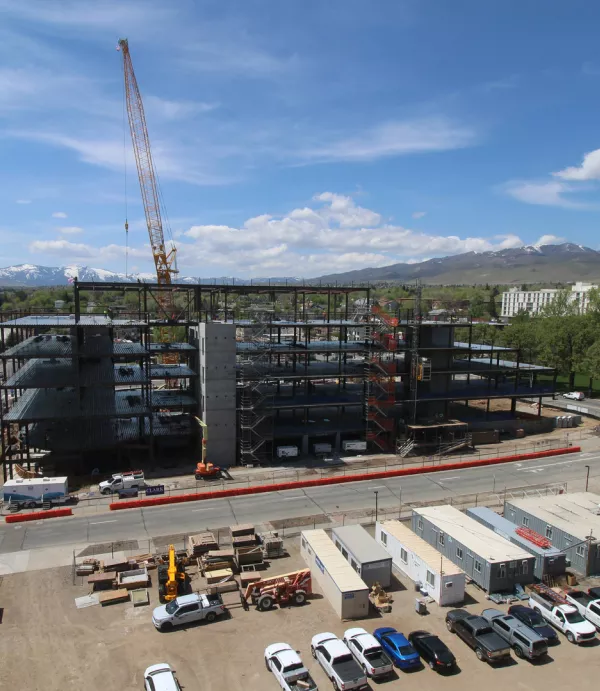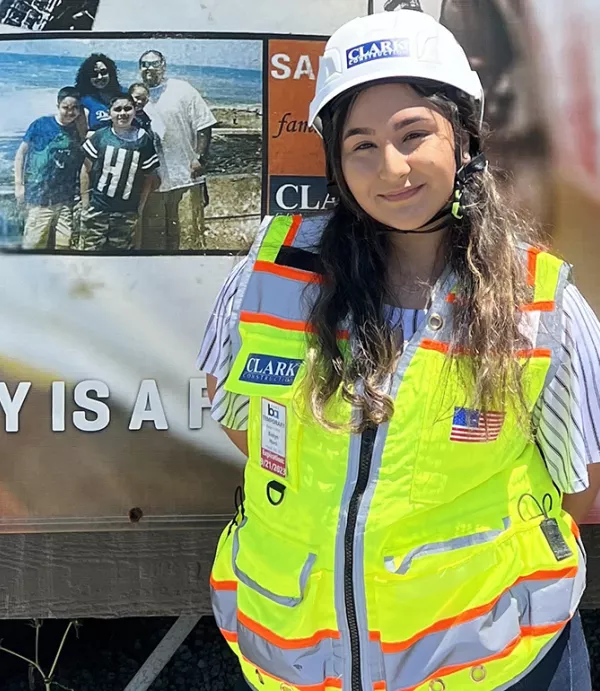Clark Completes Historic Renovations for San Francisco's new Animal Care and Control Facility
February 9, 2021
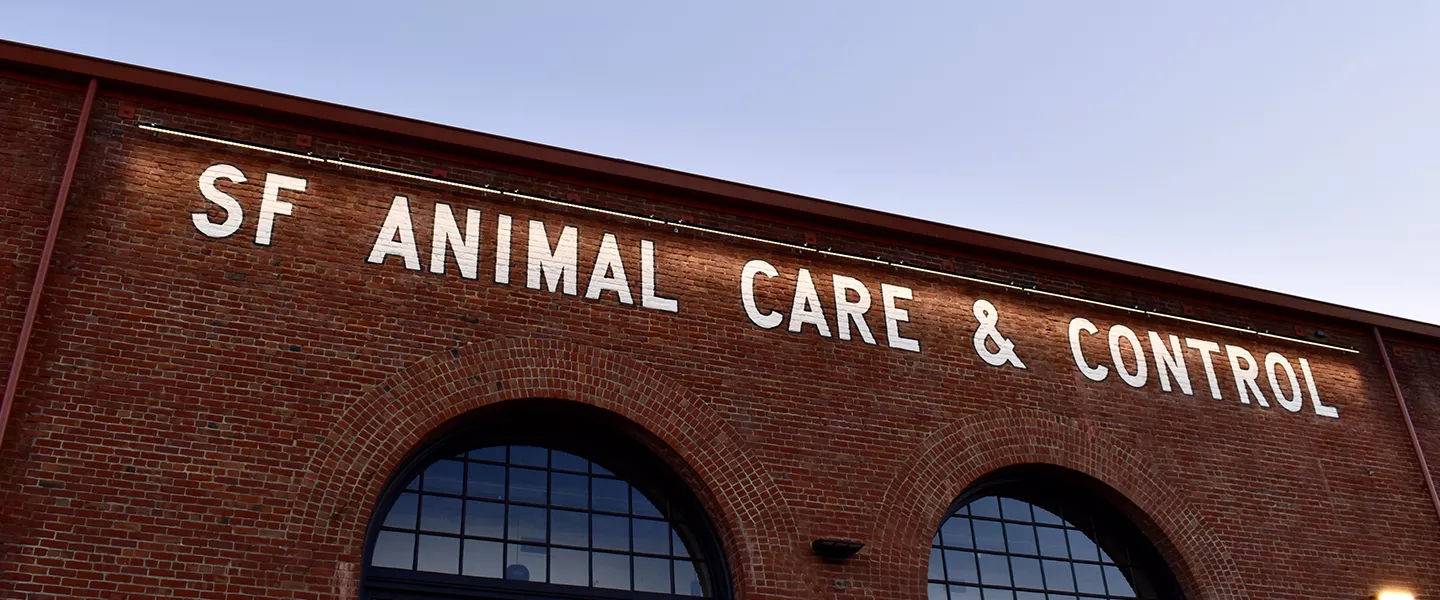
Clark has successfully seismically retrofitted and renovated a 116-year-old historic structure to house the new San Francisco Animal Care and Control Facility. The modern, 65,000 square-foot multilevel facility is a transformative, world-class veterinarian care center featuring an animal hospital with specialty clinical and emergency room space, a medical laboratory, X-ray, and infirmary isolation functions.
“The facility will provide front-line services for all domestic and wildlife emergencies while also treating residents’ beloved pets,” said Edgar Soto, a senior project manager on the team. “Not only did we play a role in maintaining the character and history of San Francisco, but we had a hand in building a better future for the city.”
The project consisted of two adjacent buildings, the Burke Warehouse and the 1419 Bryan Street Building, constructed in 1893. The building, which survived the 1906 San Francisco earthquake and subsequent city-wide fire, retains its historic brick façade and industrial wood windows. Clark achieved the complexities of retrofitting this historic complex with a phased approach to ensure seismic safety of the repurposed facility.
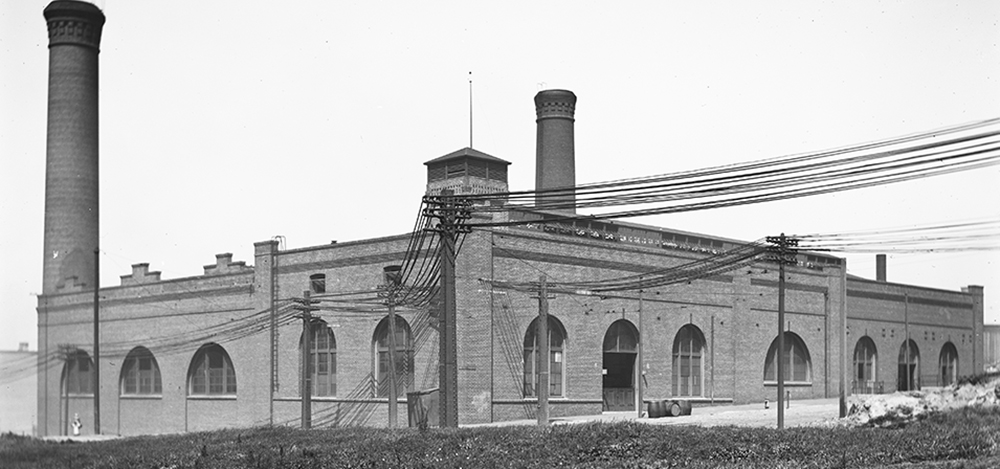
Beginning with the foundation renovation, the team placed reinforcing shotcrete walls along the perimeter footings to support the exterior façade. The team then demolished the existing structural columns and roof before starting new structural steel erection on the interior. Once the composite metal deck slabs were installed, the interior finishes follow traditional construction sequencing.
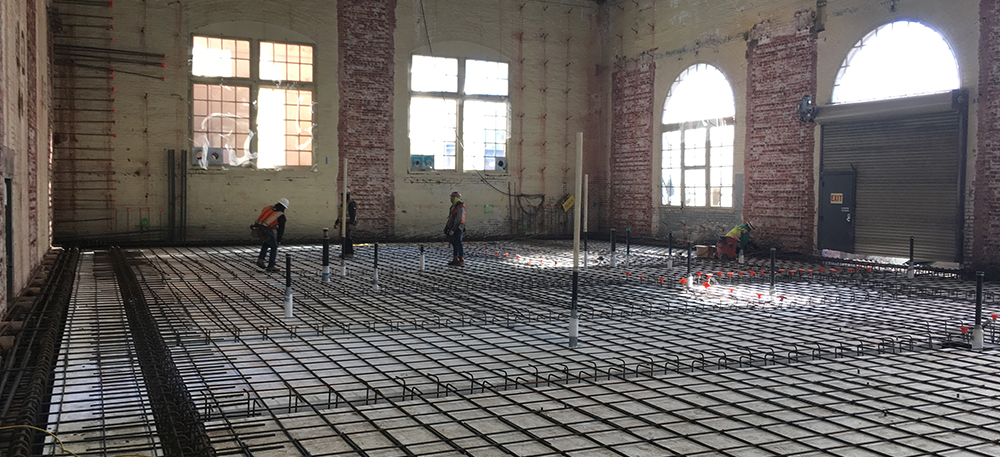
The site’s location lent itself to additional logistical complexities. The facility neighbors the San Francisco Municipal Transportation Agency, a critical agency overseeing public transportation and paratransit for the City and County of San Francisco. In order to maintain the mandated 24/7 entrance and exit access, the project required heavy coordination and communication for concrete pours, large material deliveries, utility work, crane erection, and other operations activities.
The project team also seized the opportunity to involve small, local businesses in the construction effort. With a goal of 20% participation from local business enterprises (LBEs), the project exceeded its goal with 33% participation and contracts going to total of 21 different LBEs.
